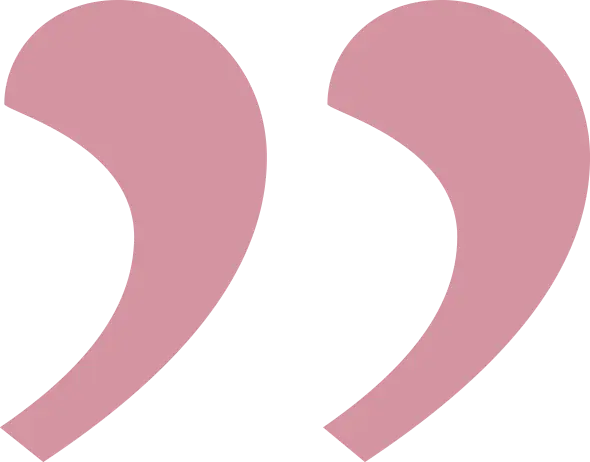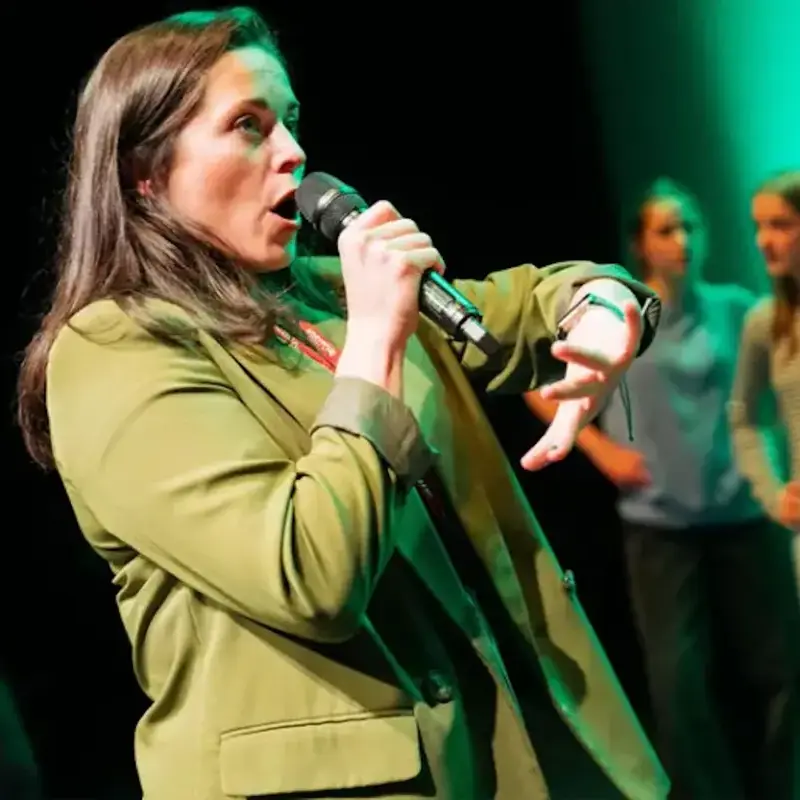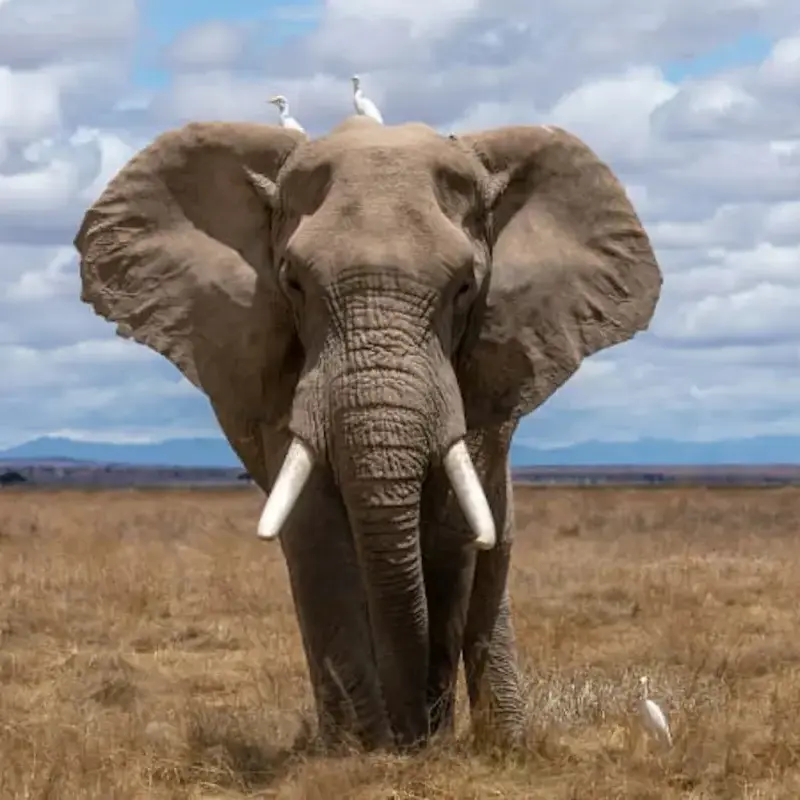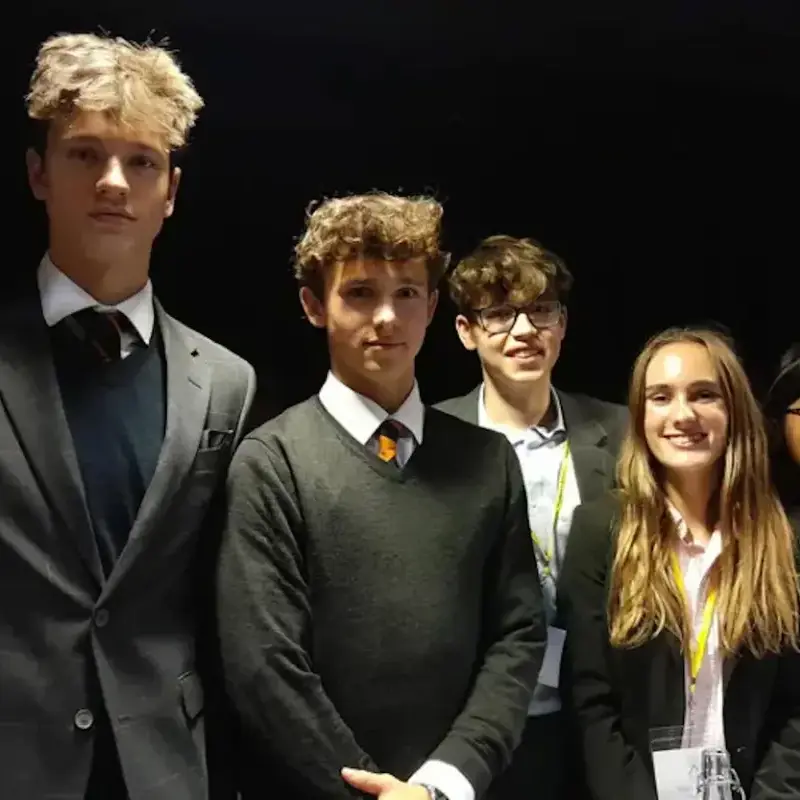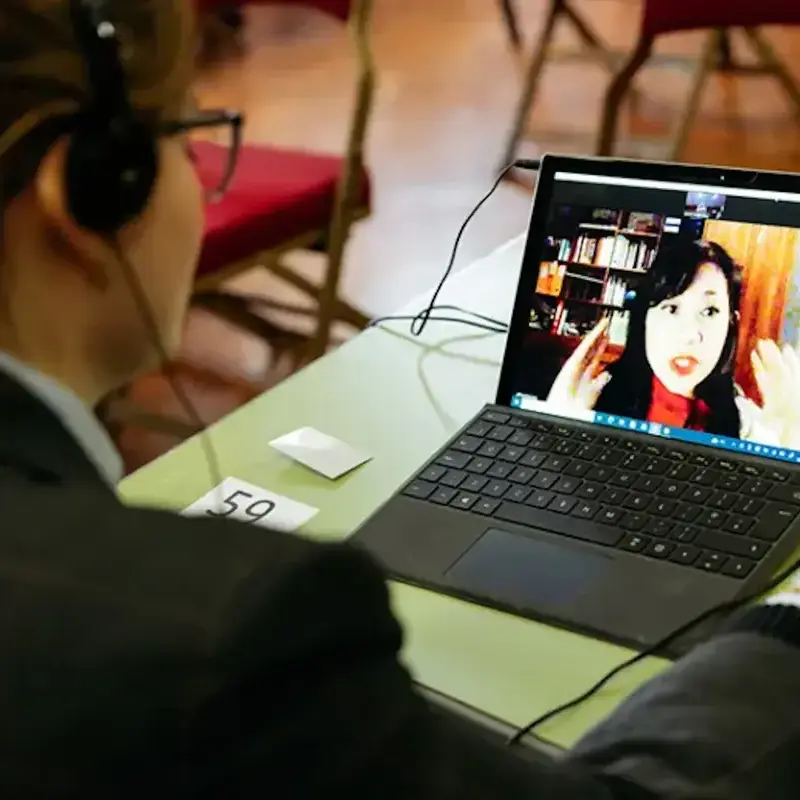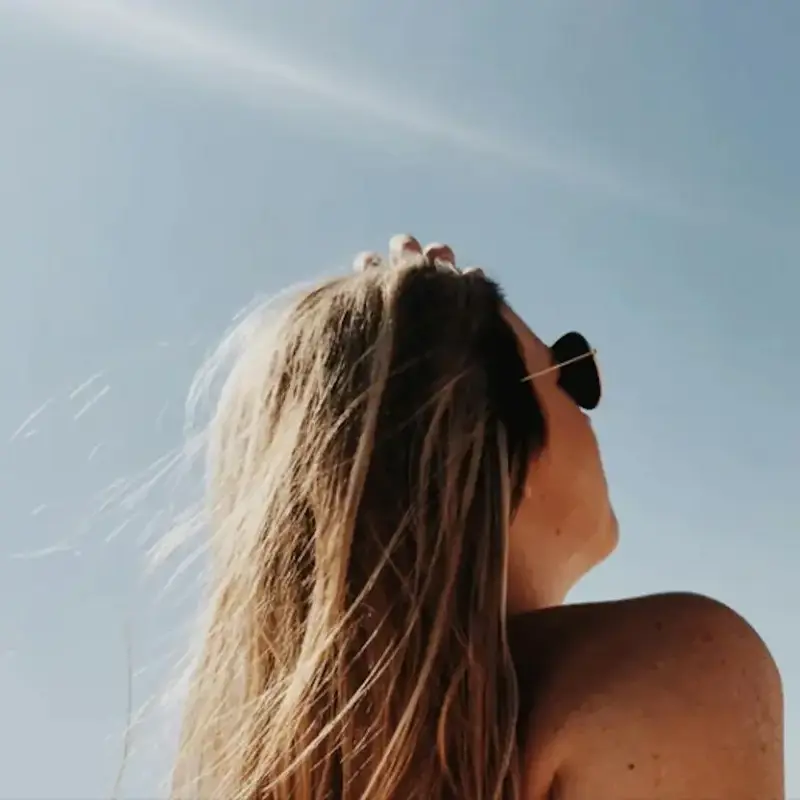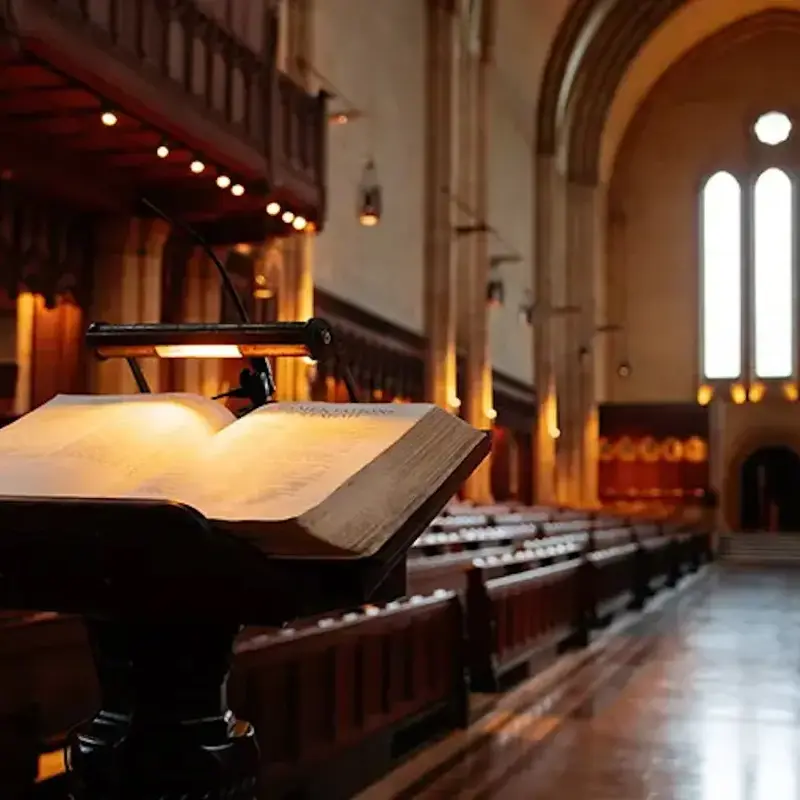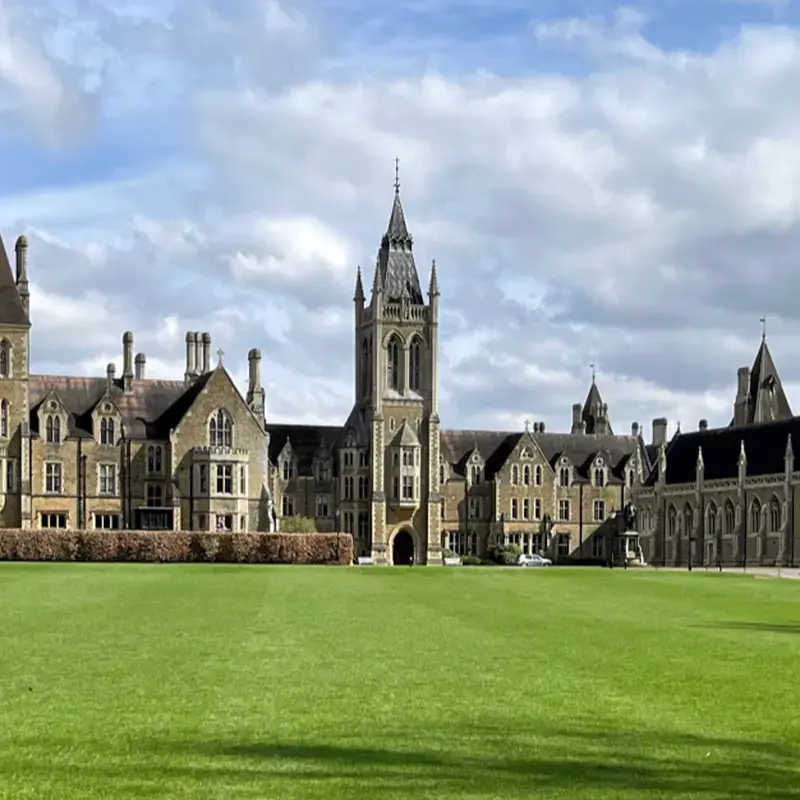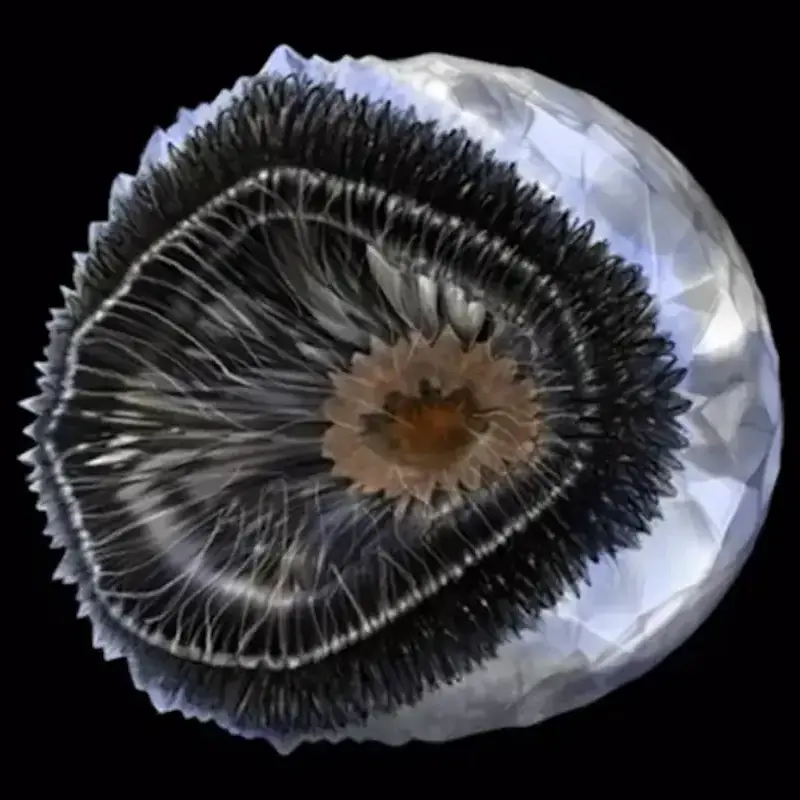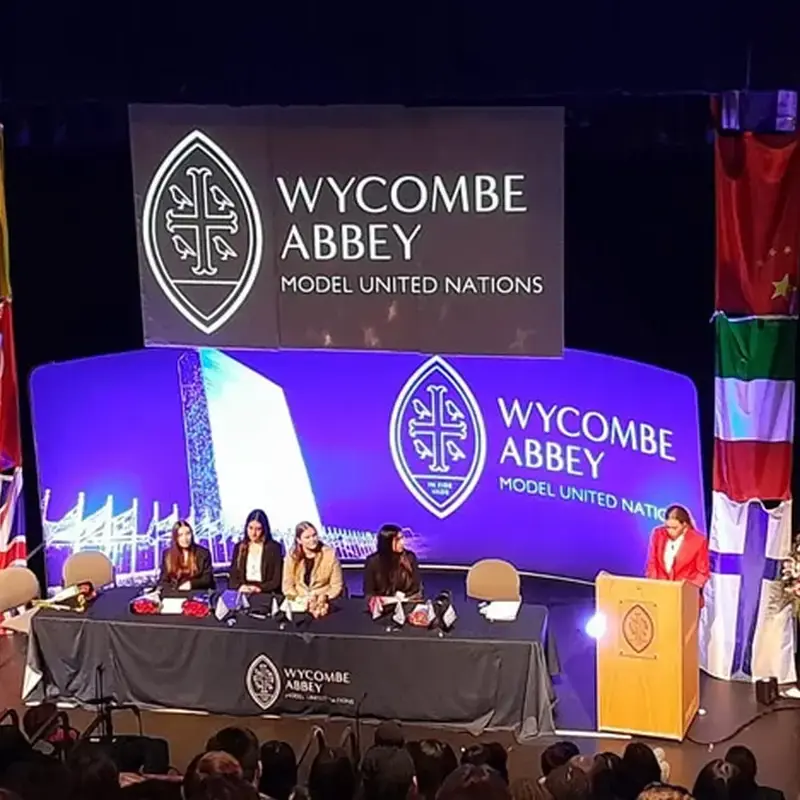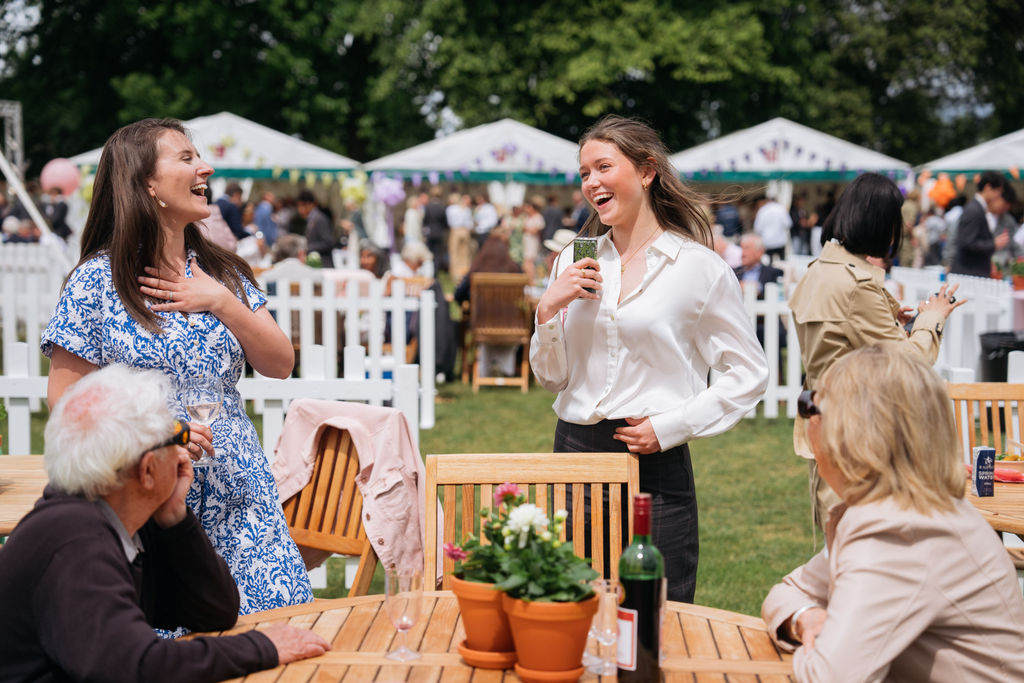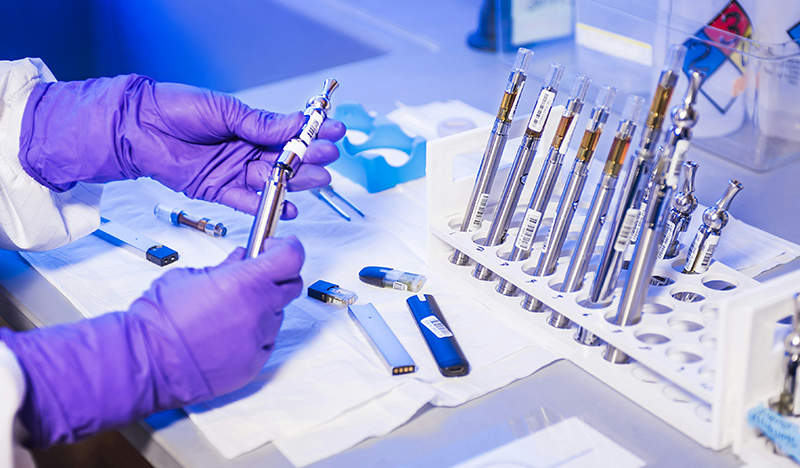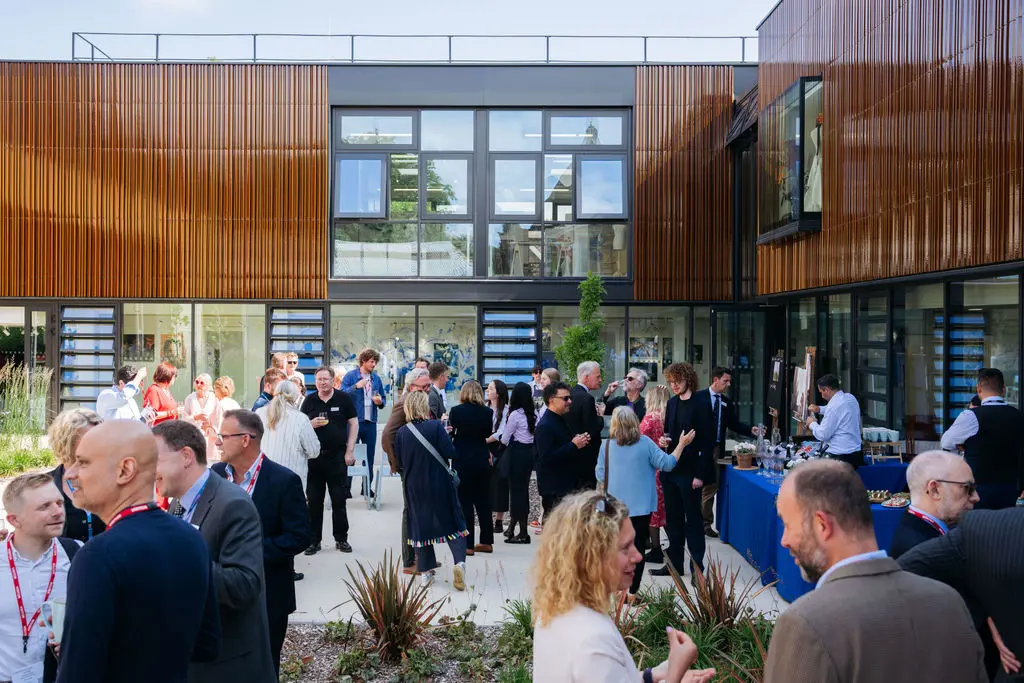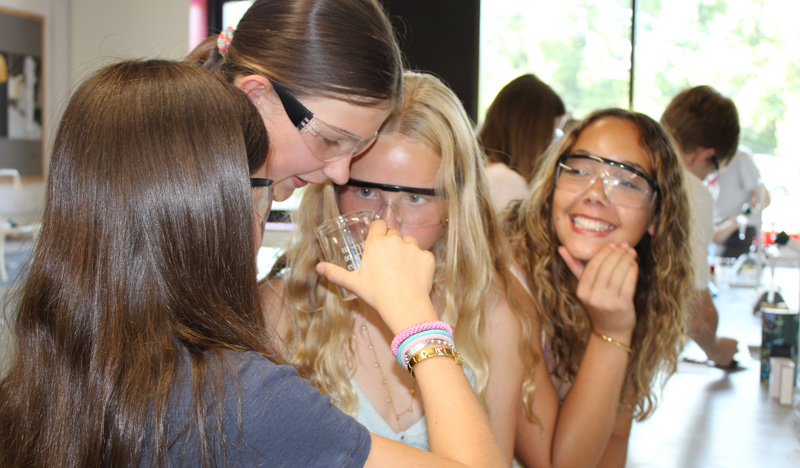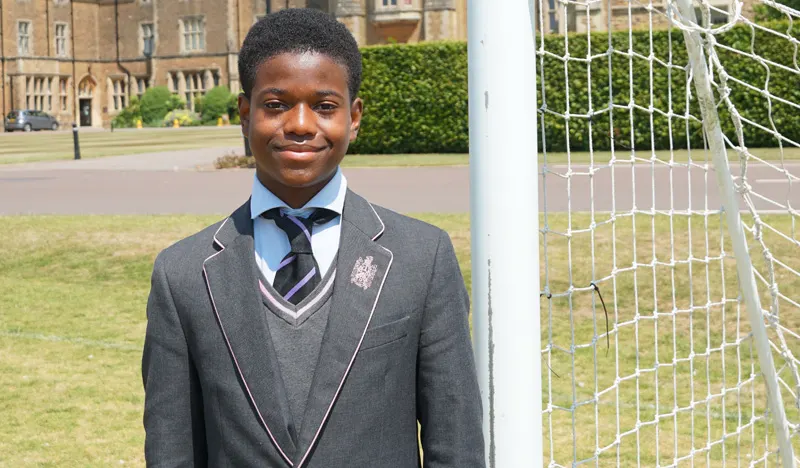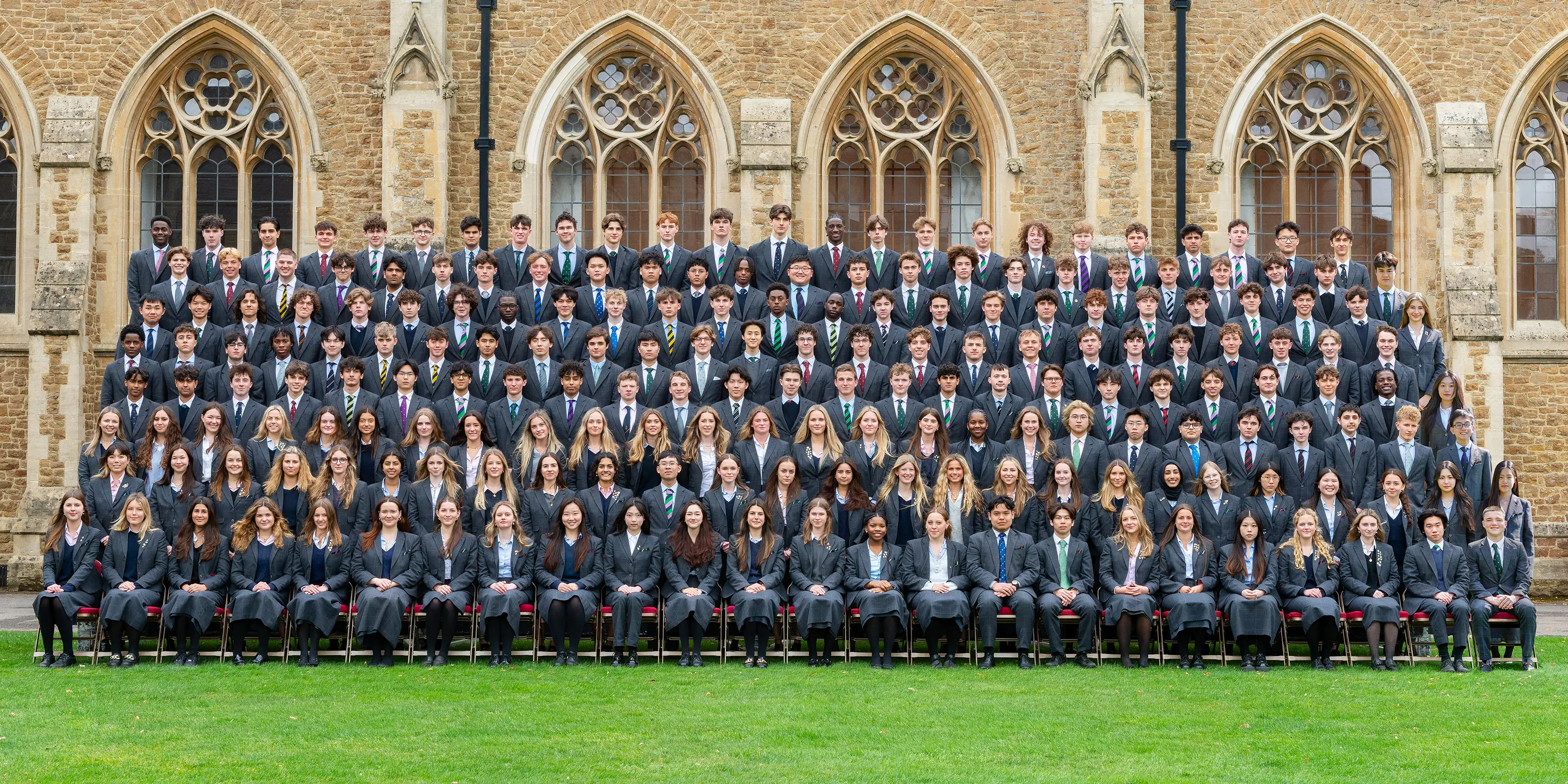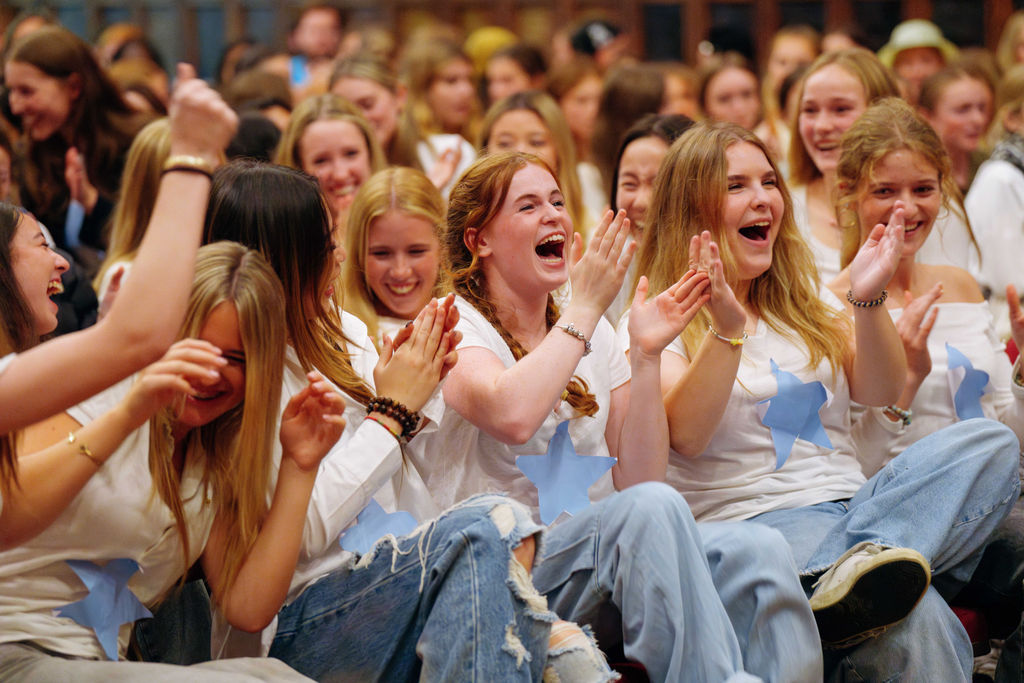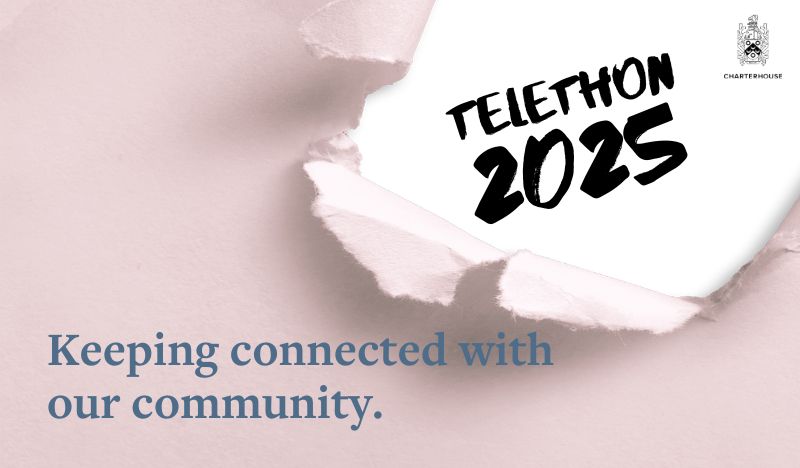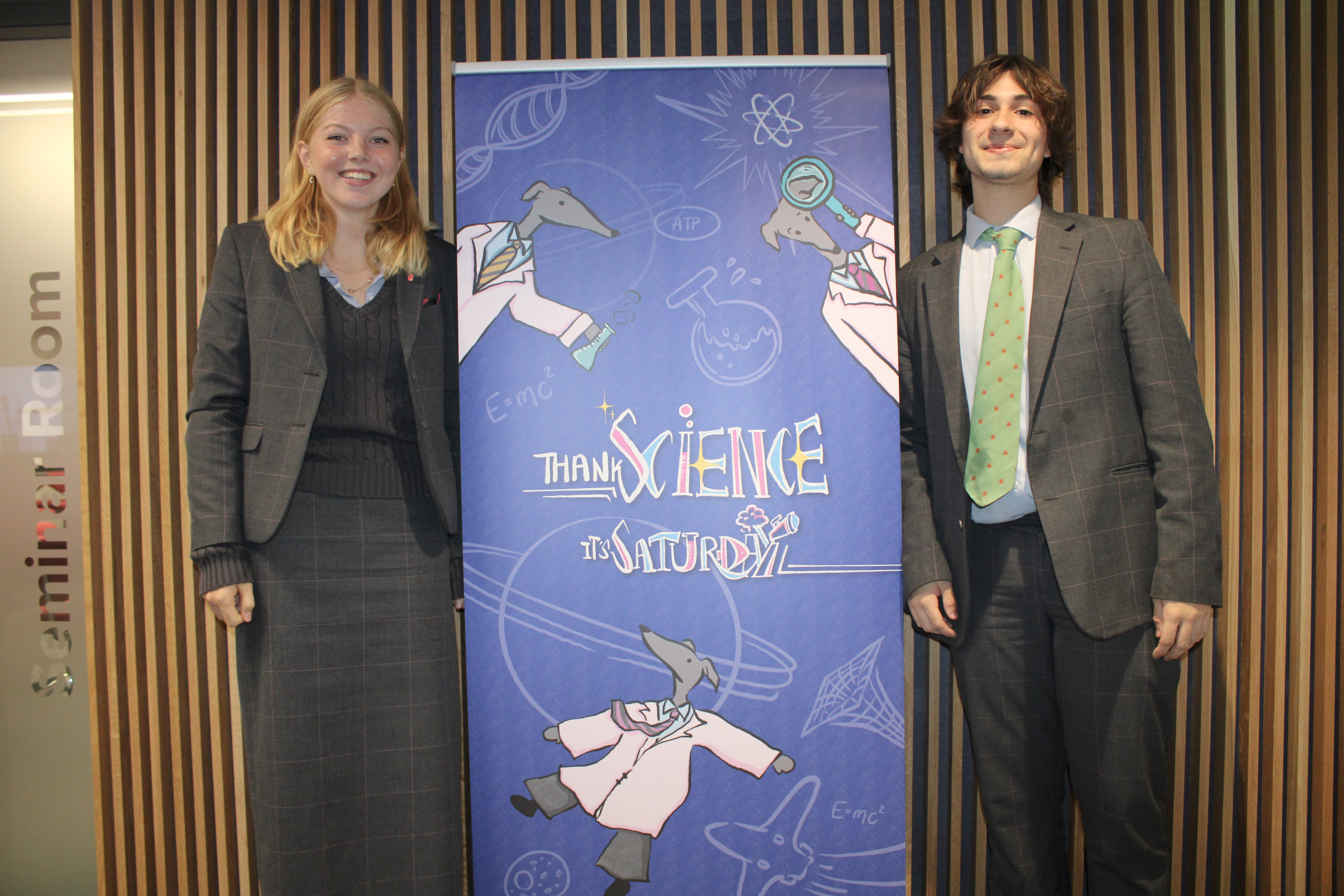Why Don't We Have Blue Roses Yet? Insights From a Pupil.
By AJ, First Year Specialist (Year 12)
19 NOVEMBER 2025
charterhouse news

In the latest issue of Atomic Magazine, Charterhouse's entirely pupil-led, written, and published scientific magazine, AJ, First Year Specialist (Year 12), explores the "holy grail" of flowers.
A true, genetically blue rose. Its creation would be an incredible, enviable contribution to the global flower market, and a mark of humanity’s biotechnological understanding. A gap that has been clearly noted for decades, blue roses are a symbol of the unattainable, the elusive, described by some florists as the “holy grail” of flowers. So, how come they don’t exist, despite all our genetic and biological advancements? Has anyone ever tried? And are they even possible to create?
A Brief History
It turns out, blue roses are just as elusive as they seem. The existence of dyed blue roses has been cited as early as the 12th century, and is currently the only way of achieving a truly blue rose. They are mentioned in the Kitāb al-Filāḥa, later translated and officially mentioned in Clément-Mullet’s “Le livre de l’agriculture”, published in 1864, which describes dying roses a “deep azure” by rubbing an indigo dye into the roots. A symbol of desire and the unattainable, blue florals, such as the hypothetical blue rose, were an integral symbol during the Romantic period, with that symbolic influence continuing today.
However, scientifically, only one significant attempt has ever been made to create a blue rose, when two companies, Florigene and Suntory, banded together and attempted to create it in the 1990s through genetic modification. After managing to modify roses to produce the necessary blue pigment, delphinidin, they released their “blue” rose, called "Applause” in 2002. Despite efforts though, the full expression of blue colour was yet to be achieved, with Applause resulting in a more lilac, or grey-purple hue, instead of the elusive true blue. (Cont.)
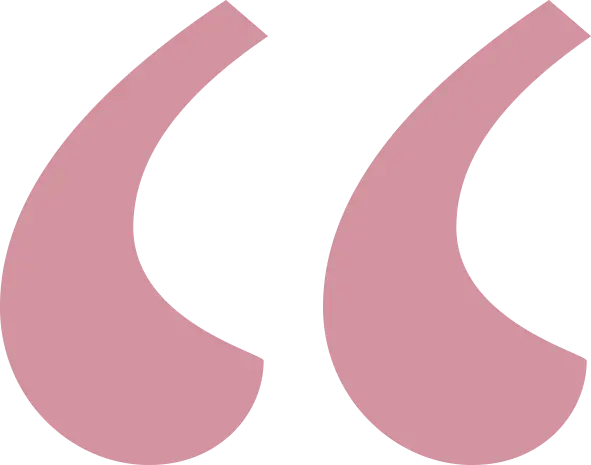
A symbol of desire and the unattainable, blue florals, such as the hypothetical blue rose, were an integral symbol during the Romantic period, with that symbolic influence continuing today.
AJ, First year Specialist (Year 12)

For more Atomic articles, subscribe here.



